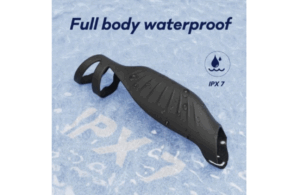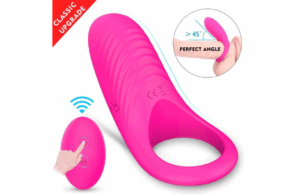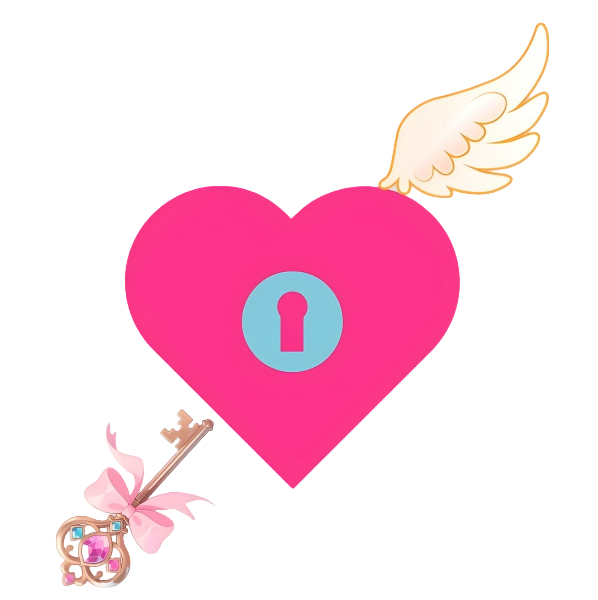🌐Over $68 Ships Free Worldwide
As an obstetrician, Dr. Isla Evans, 42, had guided hundreds of women through the miracle and mayhem of childbirth. I knew the physiology of postpartum recovery inside and out: the healing tissues, the hormonal shifts, the six-week check-up. I recited the script with confidence: “Be patient. Use lubricant. Communicate with your partner.”
Then, I had my son, Leo.
The theory evaporated. My own body, a known country, had been terraformed. It was tender, unfamiliar, and achingly tired. My husband, Mark, was wonderful—attentive, loving, and desperately afraid of hurting me. Our attempts at intimacy were fumbling, polite, and ended in frustrated tears—mine from a mix of physical discomfort and grief for our easy closeness, his from the fear of causing me pain. We started treating my body like a patient we were both caring for, not a source of connection.
We had made an unspoken pact: avoid the problem to preserve the peace.
One night, during a late-night feeding, I was scrolling through research papers on postpartum sexual function—a desperate attempt to ‘diagnose’ myself. I found a study citing the psychological importance of self-led re-exploration in rebuilding body image and sexual confidence. It mentioned the use of well-designed products as part of ‘rehabilitative practice’.
The clinical term gave me permission. This wasn’t about ‘spicing things up’; it was about healing. I needed a tool, not a toy. My professional standards were high: body-safe, medical-grade, and above all, discreet. The last thing I needed was a garish package arriving at my door, announcing our private struggle to the world.
I found Whisper. The site felt like a medical journal meets a spa menu—calm, evidence-based, and profoundly respectful. The product descriptions detailed medical-grade silicone, ergonomic designs that considered pelvic floor sensitivity, and ultra-quiet operation (crucial with a sleeping baby in the next room). Their privacy policy was the clincher: ‘Phantom Packaging’ and ‘Neutral Billing’. It was designed for exactly this situation.
I ordered the ‘Cariño’ model, chosen for its gentle, wave-like design. When it arrived, hidden in a plain shipping box, I brought it upstairs like a secret ally.
Alone one afternoon, I opened the sleek, neutral box. It felt like taking control of my own care plan. This was my prescription. Using it was… different. It was slow, curious, and on my terms. There was no performance, no need to reassure a partner. I was re-mapping the new borders of my body, finding what felt good now.
It didn’t ‘fix’ me overnight. But it gave me back a sense of agency. That night, when Mark tentatively reached for me, I didn’t tense up. I felt calmer in my own skin. I took his hand and, for the first time in months, started an honest conversation without fear. I told him what I’d learned, what I’d rediscovered about myself.
Our unspoken pact of avoidance was broken, replaced by a new one: one of patience, rediscovery, and a shared commitment to finding our new normal. Whisper didn’t save my marriage; Mark and I did that. But it gave me the language and the confidence to begin the conversation. It was the silent, sophisticated third party in our journey back to each other, reminding us that intimacy, after a storm, isn’t about going back—it’s about finding a new way forward, together.



